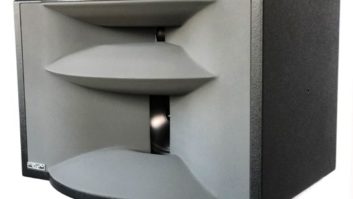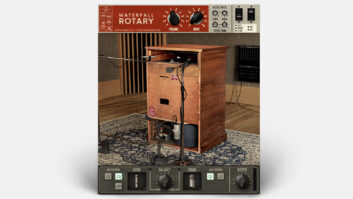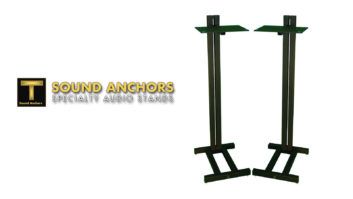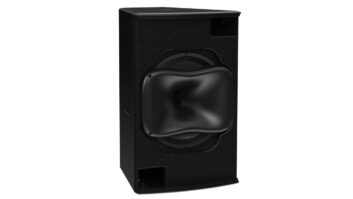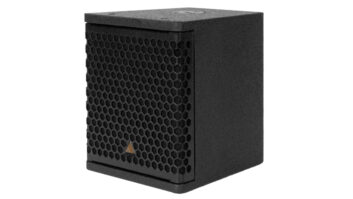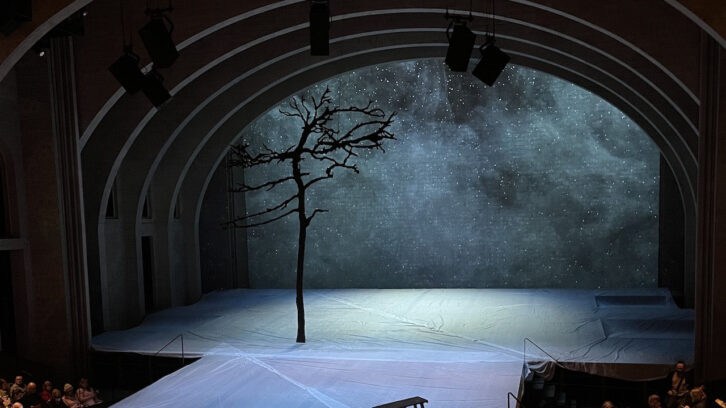
New York, NY (August 7, 2023)—The Lincoln Center Theater recently presented a new take on the Lerner and Loewe musical Camelot in a production that used d&b audiotechnik V, Q and E series loudspeakers.
“The decision to use d&b loudspeakers on the Camelot revival was based on the extensive knowledge and years of experience having worked with these speakers; we are both familiar with the quality and performance of d&b products,” state sound designers Marc Salzberg and Beth Lake.
V7P three-way passive point source loudspeakers were chosen for the production because their dispersion is well-suited for the configuration of the 1,080-seat Vivian Beaumont Theater at Lincoln Center. “Because the house is broken into five sections, there are specific areas that can and cannot overlap in coverage. With d&b ArrayCalc prediction software we could carefully plan with the scenic and lighting departments where our speakers needed to be for the best-sounding show,” says Salzberg. “So, we utilized the ArrayCalc predictions software heavily in the planning phases to determine that the V7P was the right choice.”
d&b group Acquired by Providence
Because of the theater’s ellipsoidal shape, the rear walls are covered in two layers of thick felt and a layer of velour. Lake says that an actor downstage on the thrust stage is only facing about 60 percent of the audience; the other 40 percent are seeing the actor’s side or back. “The lack of reflective surfaces upstage of the actors means that they are speaking into a void. Much of our job becomes ensuring that those voices can carry out into the whole audience, no matter if the actor is facing directly towards them or not.”
Lake continues, “Because of the lack of ‘bounce’ from the back wall; that means that 40 percent hear very little acoustically from the stage. Of course, as the actors move, which 40 percent of the audience that needs additional help changes. This is only exacerbated by the vast size of the stage that is fully utilized by scenic designer Michael Yeargan’s set.”
Salzberg says the system is designed to provide localization using delay timing with many speakers. “We placed the speakers so that each of the five seating sections get a left and a right speaker: so, six main point source speakers. They are positioned so that there is overlap between each pair: one and two, two and three, three and four, etc. This method allows for each seat to hear more than a singular source, which aids in imaging.”
Six V7P loudspeakers were used as the main system, six Q7 as rear orchestra delay, and seven Q7 as balcony mains. Ten E0 point sources provided rear balcony delays and 30 E0 were used as surrounds. Eight E6 speakers provided out front fills with four E12 as proscenium left/right sources. Masque Sound supplied the system.
